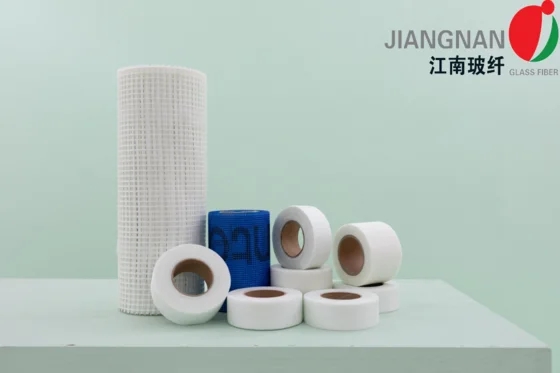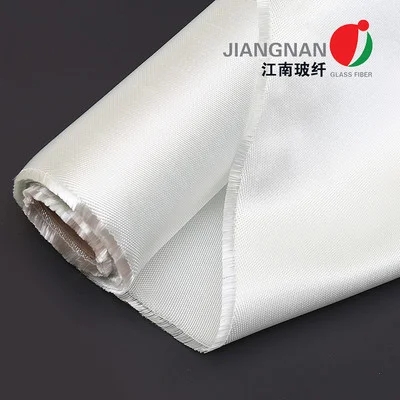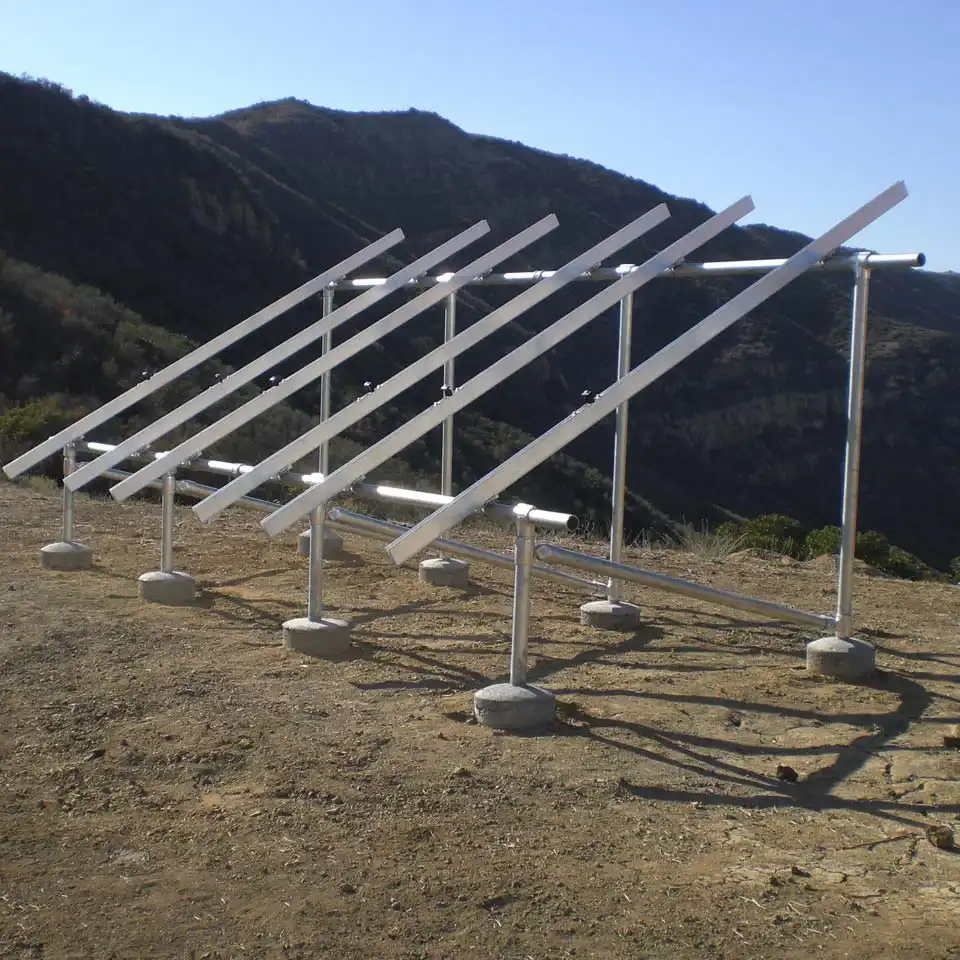Unveiling the Layers: A Comprehensive Guide to Exterior Cladding Materials
When it comes to the construction and design of buildings, exterior cladding plays a pivotal role in both aesthetics and functionality. As the first line of defense against environmental elements, cladding not only enhances the visual appeal of a structure but also contributes to its energy efficiency, durability, and overall performance. But what is exterior cladding made of? In this article, we will delve into the various materials used in exterior cladding, their properties, advantages, and considerations for selection.
Understanding Exterior Cladding
Exterior cladding refers to the material applied to the outer surface of a building, serving as a protective layer against weather conditions while also providing insulation and aesthetic value. The choice of cladding material can significantly influence a building's energy efficiency, maintenance requirements, and longevity.
Common Materials Used in Exterior Cladding
- Vinyl Siding
- Composition: Made from polyvinyl chloride (PVC), vinyl siding is a popular choice due to its affordability and low maintenance.
- Advantages: It is resistant to moisture, does not require painting, and is available in a variety of colors and styles. Its lightweight nature makes it easy to install.
- Considerations: Vinyl can fade over time and may not be as durable as other materials in extreme weather conditions.
- Wood
- Composition: Natural wood, such as cedar, redwood, or pine, is often used for its aesthetic appeal and versatility.
- Advantages: Wood provides excellent insulation and can be treated for enhanced durability. It offers a warm, natural look that many homeowners desire.
- Considerations: Wood requires regular maintenance, including staining and sealing, to prevent rot, insect damage, and warping.
- Fiber Cement
- Composition: A composite material made from cement, sand, and cellulose fibers, fiber cement is designed to mimic the appearance of wood or stucco.
- Advantages: It is highly durable, fire-resistant, and impervious to termites. Fiber cement also requires minimal maintenance compared to wood.
- Considerations: Installation can be labor-intensive, and the material is heavier than vinyl or wood.
- Metal
- Composition: Common metals used for cladding include aluminum, steel, and zinc, often treated with coatings for corrosion resistance.
- Advantages: Metal cladding is highly durable, lightweight, and can be designed in various finishes. It is also fire-resistant and recyclable.
- Considerations: Metal can be prone to denting and may require insulation to prevent heat transfer.
- Brick and Stone
- Composition: Traditional materials like brick and natural stone provide a classic look and are often used in masonry construction.
- Advantages: Both materials are extremely durable, require little maintenance, and offer excellent thermal mass, which can enhance energy efficiency.
- Considerations: The weight of brick and stone can increase construction costs and may require additional structural support.
- Stucco
- Composition: A mixture of cement, sand, and lime, stucco is applied in layers to create a textured finish.
- Advantages: Stucco is highly customizable in terms of color and texture, and it provides good insulation and soundproofing.
- Considerations: It can crack over time, especially in areas with significant temperature fluctuations, and may require periodic maintenance.
Factors to Consider When Choosing Cladding
When selecting exterior cladding, several factors should be taken into account:
- Climate: The local climate can significantly influence the choice of material. For instance, areas with high humidity may benefit from materials resistant to moisture, while regions prone to wildfires may require fire-resistant options.
- Aesthetic Goals: The architectural style of the building and the desired aesthetic should guide material selection. Some materials lend themselves better to modern designs, while others complement traditional styles.
- Budget: The cost of materials and installation can vary widely. It’s essential to balance upfront costs with long-term maintenance and energy savings.
- Sustainability: Increasingly, builders and homeowners are considering the environmental impact of their choices. Sustainable materials, such as reclaimed wood or recycled metal, can reduce a building's carbon footprint.
Conclusion
Exterior cladding is a crucial component of building design, influencing not only the appearance but also the performance and durability of a structure. With a variety of materials available, each offering unique benefits and considerations, it is essential to make an informed choice that aligns with your specific needs and preferences. Whether you opt for the classic appeal of brick, the modern look of metal, or the versatility of fiber cement, understanding what exterior cladding is made of will empower you to create a building that is both beautiful and resilient.





